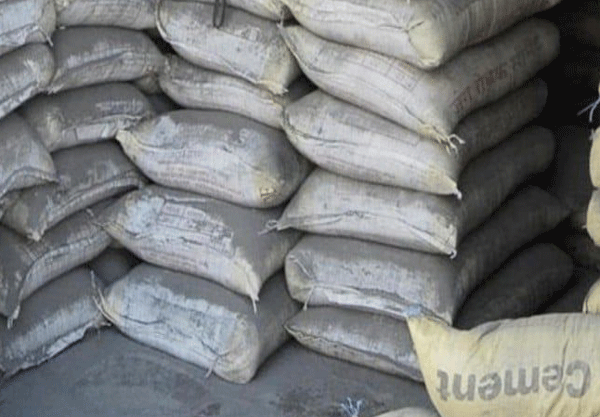Shimla, Dec 21
The continuous emission and effluent monitoring system helps to ensure compliance of prescribed norms in the industries having high air and water pollution potential, besides, to make assessment of air and water quality on real-time basis. These systems are an advanced alerts and can help industries or other stakeholders in process optimization as well as taking timely corrective measures, stated Apoorv Devgan, IAS Member Secretary, HPSPCB in his inaugural address at a two days Capacity Building Programme on CEMS and Continuous Effluent Quality Monitoring System (CEQMS) in association with the Council on Energy, Environment and Water (CEEW) and USAID on 20th and 21st December 2022 at HPSPCB, Environmental Training Centre, Baddi, District Solan.
The two day training program was attended by nearly 100 stakeholders from Industries and Government Departments like Jal Shakti Vibhag, Shimla Jal Prabandhan Nigam Ltd. and technical staff of the State Board.
“Since CEMS and CEQMS are complex technologies, therefore, appropriate knowledge and skill development for CEMS and CEQMS becomes most crucial factor for industries, regulators and other stakeholders, stated member secratery. He emphasized the need for technology certification, periodic calibration and quality assurance, so that accurate, reliable and cross verifiable data is generated as per the prescribed CPCB guidelines.
It is pertinent to mention here that the CPCB has made it mandatory to install continuous emission and effluent discharge monitoring systems in “17 categories of highly polluting industries” such as Pulp & Paper, Distillery, Sugar, Tanneries, Power Plants, Cement, Oil Refineries, Fertilizer, Chloral Alkali Plants, Dye & Dye Intermediate Units, Pesticides and Pharma Sector, Common Effluent Treatment Plants (CETP) and Common STPs, Common CBWTFs and Common Hazardous Waste Incinerators. In this category there are 21 such units in the State and these industries have installed 37 Continuous Emission Monitoring Systems (CEMS) and 8 Continuous Effluent Quality Monitoring Stations (CEQMS), which are directly connected with the CPCB and State Board servers for the purpose of compliance monitoring.
In addition, the State Board is maintaining constant watch on air quality through regular monitoring of ambient air quality at 25 locations in the State and taking remedial measures wherever necessary to maintain this quality. In order to keep a constant watch on the ambient air quality on real time basis in the prominent industrial area of Baddi & Barotiwala the State Board has also established one Continuous Ambient Air Quality Monitoring Station (CAAQMS) at Baddi.
Experts from CEEW and the industry etc. shared their valuable experience, technical knowledge on various aspects of CEMS, CEQMS as well as Stack Monitoring, besides, hands-on experience to the participants during the two days training program
Empower Independent Journalism – Join Us Today!
Dear Reader,
We’re committed to unbiased, in-depth journalism that uncovers truth and gives voice to the unheard. To sustain our mission, we need your help. Your contribution, no matter the size, fuels our research, reporting, and impact.
Stand with us in preserving independent journalism’s integrity and transparency. Support free press, diverse perspectives, and informed democracy.
Click [here] to join and be part of this vital endeavour.
Thank you for valuing independent journalism.
Warmly,
Vishal Sarin, Editor








